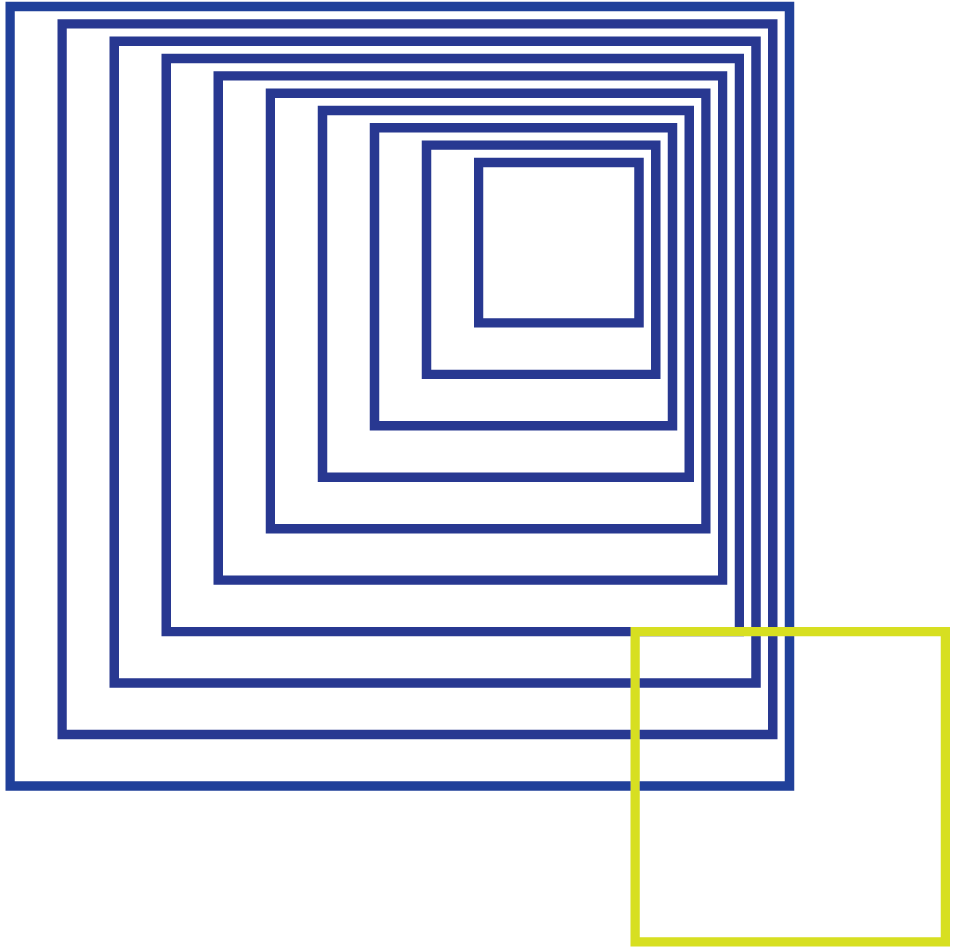

QUEST
Tunneling
In this entry you will find information about what quantum tunneling is. Start from the section that feels easier or closer to you (play, discover, or learn), and then explore the others to see how your understanding shifts and expands!
Play
In this game you will familiarise yourself with several quantum concepts such as tunneling, Heisenberg uncertainty principle and wave-like behaviour. You play as a quantum character who has to collect all the potatoes and solve the puzzles using the character’s quantum properties. Pay attention that the observer can perform a measurement any time they catch you, making you lose your quantum properties.
Credits:
Francesco Baldino
Luigina Mazzone
Contacts: francesco.ghog@mail.com, luigina.mazzone@gmail.com
Discover
Discover more
Quantum tunnelling (or tunnel effect) is a quantum phenomenon commonly described as “the ability of quantum systems to pass through potential barriers”. It is often introduced with an analogy to the classical idea of a ball trying to roll over a hill.
Learn
In this link, you will find a description of the tunneling effect. In particular, you will go through the textbook example a particle in a square potential.
Contact
Social
Menu
© 2020-2025 Algorithmiq QPlayLearn. All rights reserved.